Author: Alexey Borzenkov
The idea of reviving rocket weapons came to us during the Civil War. What was the reason, after all, until recently, artillery with a rapid increase in its capabilities was able to oust military missiles from the battlefield? The tools became more and more complex, their mass grew, high quality processing of expensive alloys, highly skilled workers were required. With all this, the country that survived the world war, two revolutions, intervention, with the continuing Civil War, had, to put it mildly, serious problems. And then rockets enter the scene. They are much easier to manufacture (especially their launchers), do not have a huge impact and therefore can be installed on light ground machines, and on trucks, and on carts, and, in the future, on airplanes. But no one canceled a number of problems with older missiles - the unpredictability of the combustion of a powder charge,all the more so because they used mainly black powder. The laboratory for the development of inventions of N.I. Tikhomirov, formed in March 1921, was engaged in solving this problem.
You can read about old, "royal" rockets here , and we will continue.
By the way, back in 1912, Volovsky was asked to install missiles on airplanes and cars, but the idea was not supported. The ground launcher was similar to the post-war BM-24. During the First World War, the Entente troops, including Russia, used Le Priur rockets on black powder against balloons, but, as the name implies, they were French.
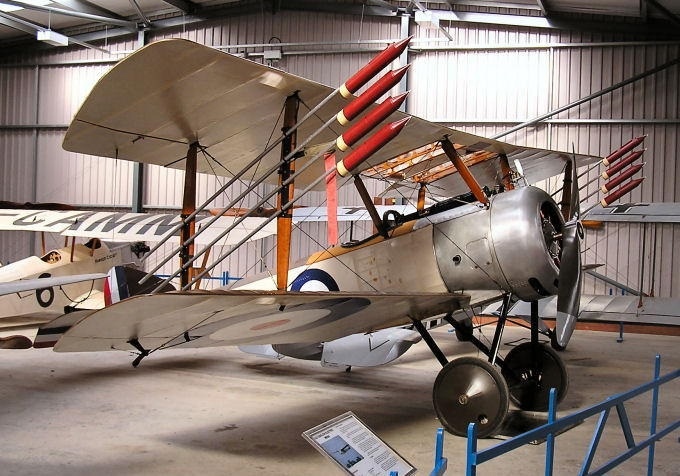
, , ? . - , - , - , - – . , , . , . – , . , , - , . , , . 19 , , . , , ( , ). . , , . – 76- , 4 7 24 1939 , 82 ( 5- 82 ). .

. 3 1926 . 1300 . – , , . 30-. , 27- ( 28- – , ) , 30- . 31-. , , , . 33- - . . . 10 200, , . ( ).
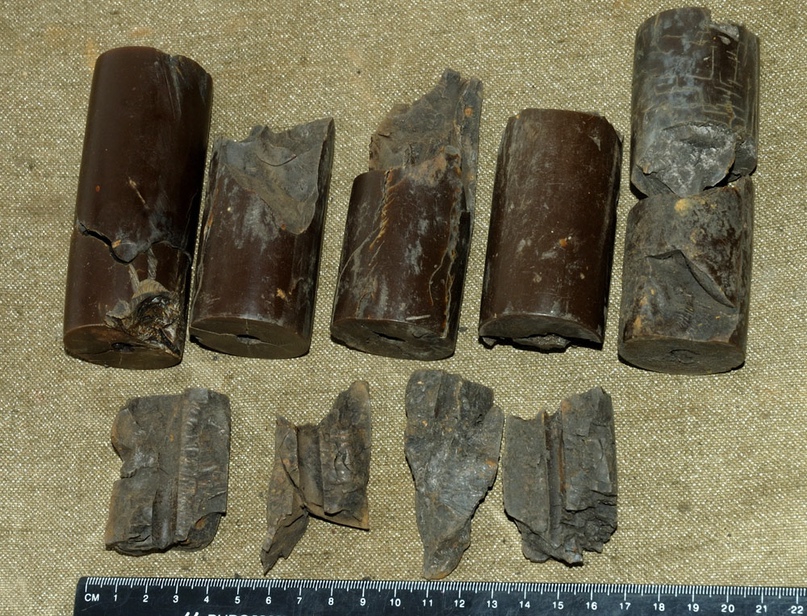
, 1936-, - . -5. – , , , , . , , , 7,62-7,92 . . , №17 (24% ) №5 (3% ). . – 1,5 , . – 27% . – – .

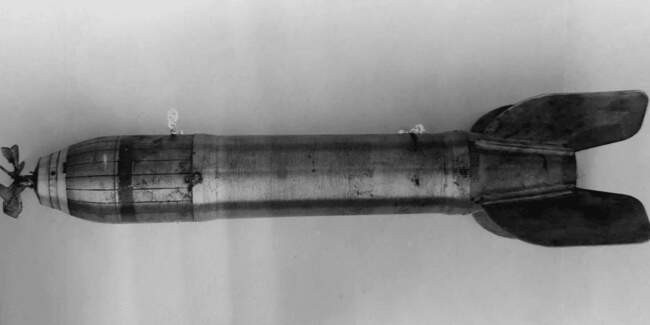
-82:
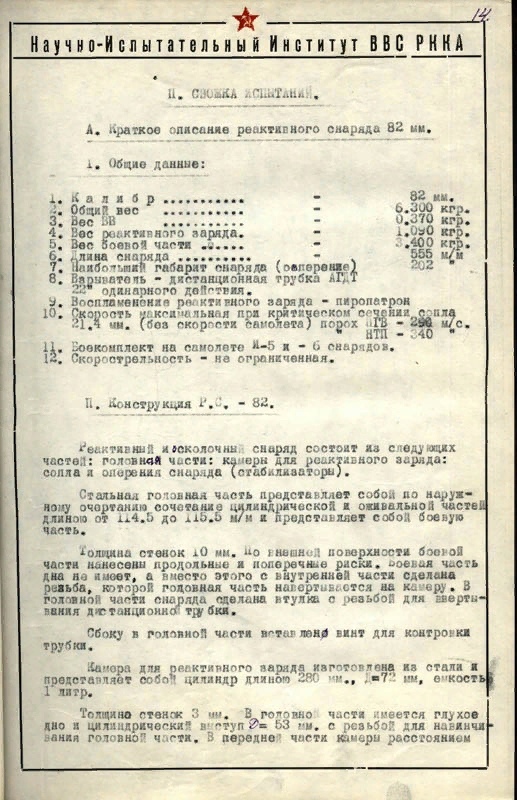
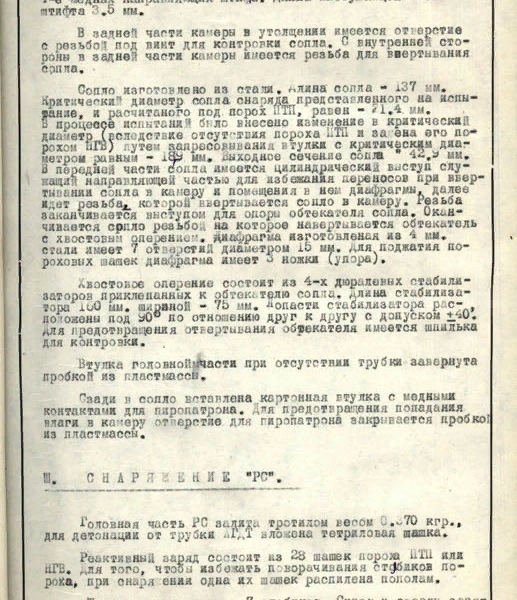
, , , , , , . . , , 39- , . -, -16, -82, 20 12 Ki-27. , 2 ( 3) . , 102 , 2 G3M 1 Ki-27. 27- 22 . - . , . 413 -82, 13 ( 17) . . - 2% . - R4M. , , 70- FFAR ( Hydra 70, ) 57- -5. .
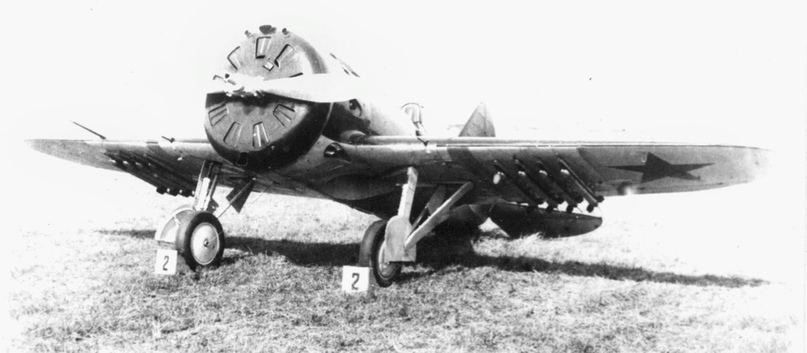
19 1940 .. , .. .. №3338. , -13. - , – . , , , . , , . , . «» . ( ), .. , . , , … ? . , . 30- … , . 5 1938 . -5 , - . -82 -15 -16. . , , . , , . « ».
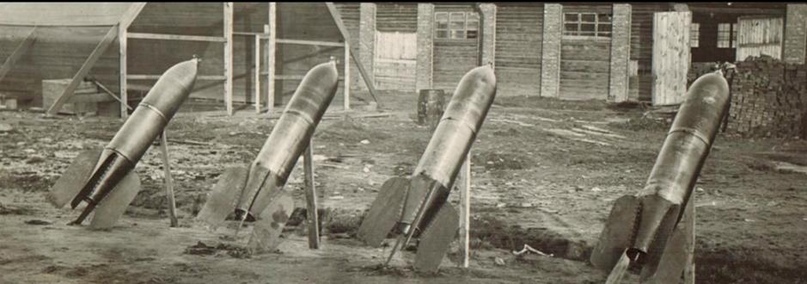
38-. -5 24 , . . . , , , . -5 -6 -1. 16 , 5- , . , 8,47 . -132, , -132. -13, , . -2. 132- 203- , 39- -2 -132. -13-16.
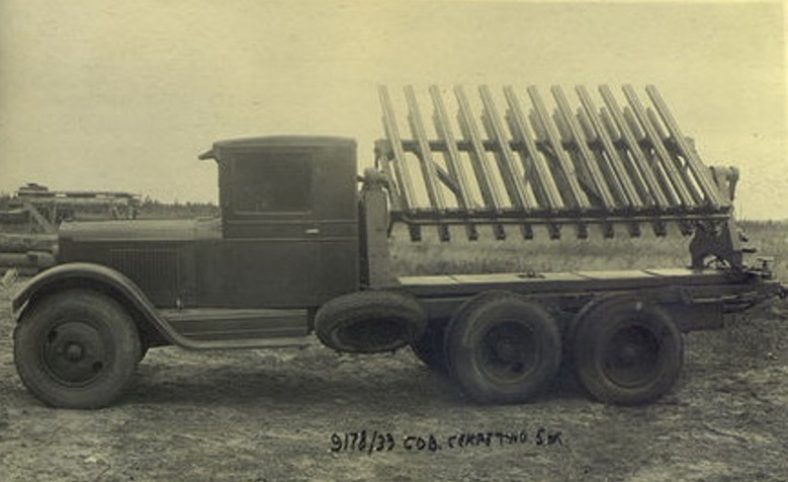
. 140- . . , :
« : , ? : , . . ? , . . ? , . …»
№3338 – , . . -13 , . . 41- . 15 1941 -13 48 , . , , .
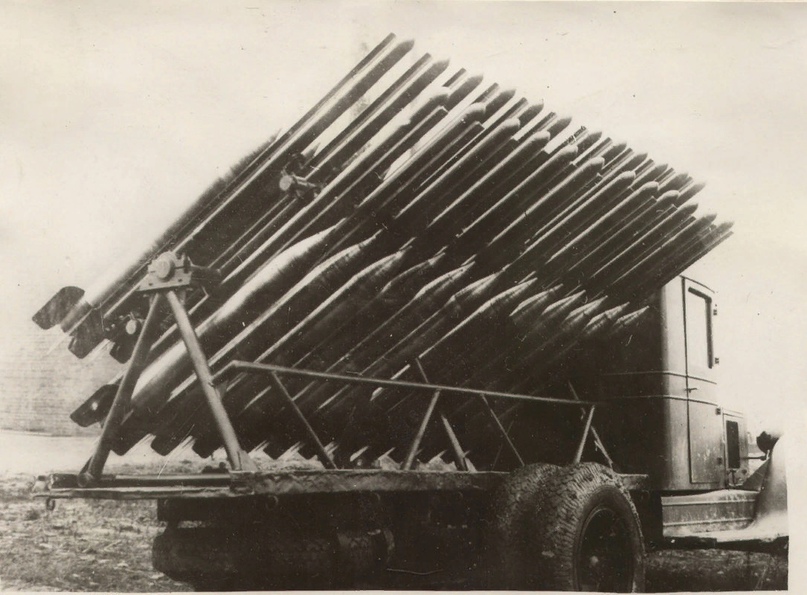
– . 4 1940 , . " 132 . ". – . , . , .
Already on June 21, it was decided to start production of MLRS. And just a few hours later, the war began.
Author: Alexey Borzenkov